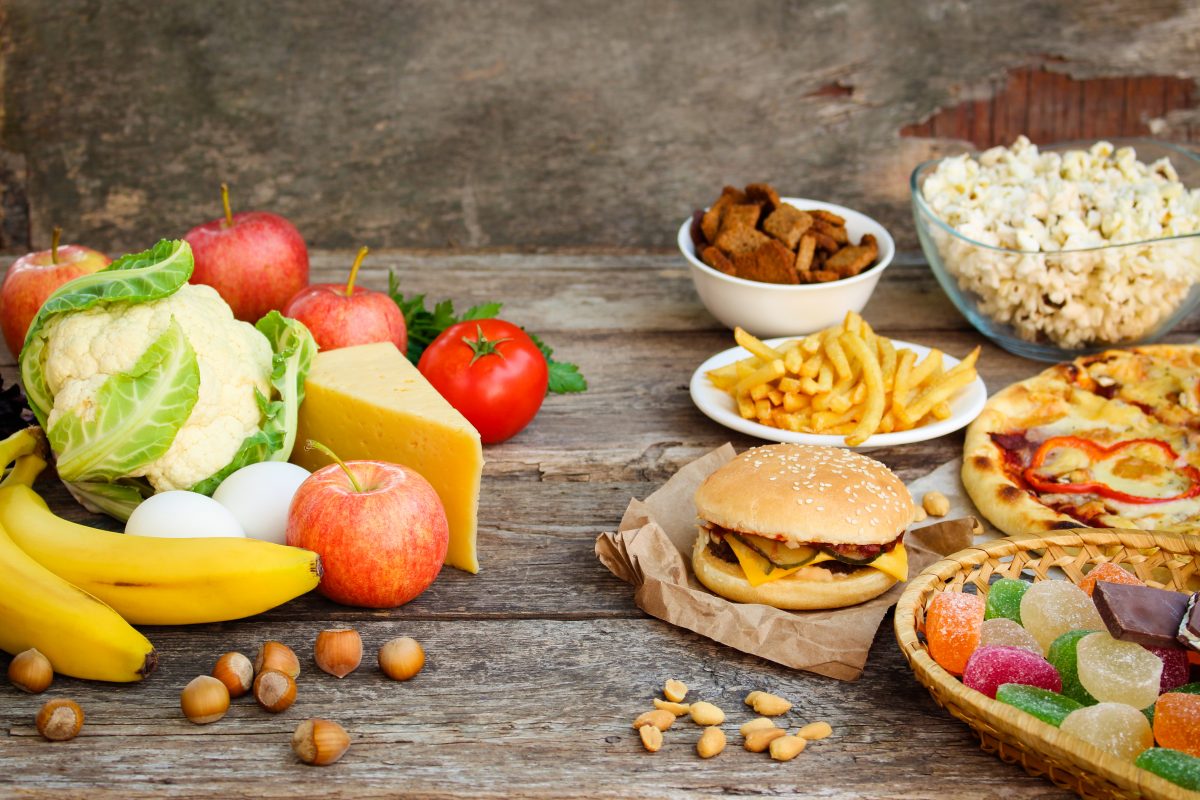Do you feel more satisfied after a plate of fries or a piece of fish? A bag of chips or some slices of cheese? Everyone is different, but there are some common factors when it comes to foods that make you feel more full and satisfied.
The satiety index was developed in the mid ’90s from a study at Sydney University in Australia. The goal was to explain which foods keep you feeling full longer. While it doesn’t take nutritional value or calorie content into account, it does serve as a reference for people trying to eat things that will help them stave off hunger longer.
How did the study work?
The study’s test subjects were college students who ate 240 calories worth of 38 different foods. After eating, the students ranked how full they felt every 15 minutes for two hours.
How does the satiety index work?
The index starts with a slice of white bread as its base, which is assigned a value of 100%. All other foods are rated relative to the bread.
- Foods that keep hunger at bay longest score high, and
- Foods that leave people feeling hungry soon after eating score low.
What does the satiety index look like?
You can download a PDF of the study here, but the index is often most helpful when foods are grouped into logical categories:
Less filling…
- Processed carbs have less water and fiber, making them less filling.
- Added fat makes foods less filling and easier to overeat.
More filling…
- Carbs high in water and fiber are more filling.
- Foods naturally rich in fat tend to be more filling.
What do highly satisfying foods have in common?
Generally speaking, foods that are high in protein, fiber and/or water keep you full longer as those substances literally fill your stomach up, and mass is important here. Boiled or baked potatoes kept people feeling full longer (323%) than anything else, while french fries ranked relatively low at 116%. There are two likely reasons for this:
- The mass of 240 calories worth of boiled potatoes is larger than 240 calories worth of french fries, and
- French fries contain more unhealthy fat, which the body responds to as something to store. The stomach doesn’t register those calories as immediately useful, and so it keeps sending hunger signals to the brain.
Other points of interest from the study:
- Croissants, cakes and doughnuts were the least filling items, while
- Oatmeal, fish and boiled potatoes were the most filling items.
- Fruit was satisfying initially, but hunger often returned within two hours, likely because fruit is mostly water and sugar which are quickly processed out of the stomach. Bananas were less filling than apples or oranges.
Of high-fat items:
- The most satisfying were eggs, cheese and popcorn, while
- The least satisfying were croissants, cakes and doughnuts.
Of high-carb items:
- The most satisfying were boiled potatoes, oatmeal and oranges, while
- The least satisfying were candy bars, white bread and french fries.
While the satiety index shouldn’t be used as diet or nutrition plan, it is an interesting starting point for testing out which foods keep you feeling full longer.
Try it yourself
Make a list of things you eat frequently and keep a record each time you eat one. Track how full you feel initially and how quickly hunger returns. You might be surprised which things keep you feeling satisfied the longest.
Get more information about specific health terms, topics and conditions to better manage your health on bcbst.com. BlueCross BlueShield of Tennessee members can access wellness-related discounts on fitness products, gym memberships, healthy eating and more through Blue365®. BCBST members can also find tools and resources to help improve health and well-being by logging into BlueAccess and going to the Managing Your Health tab.



WellTuned provides inspiration and practical advice for healthy living.
WellTuned does not offer medical advice. Any personal health questions should be addressed to your doctor.